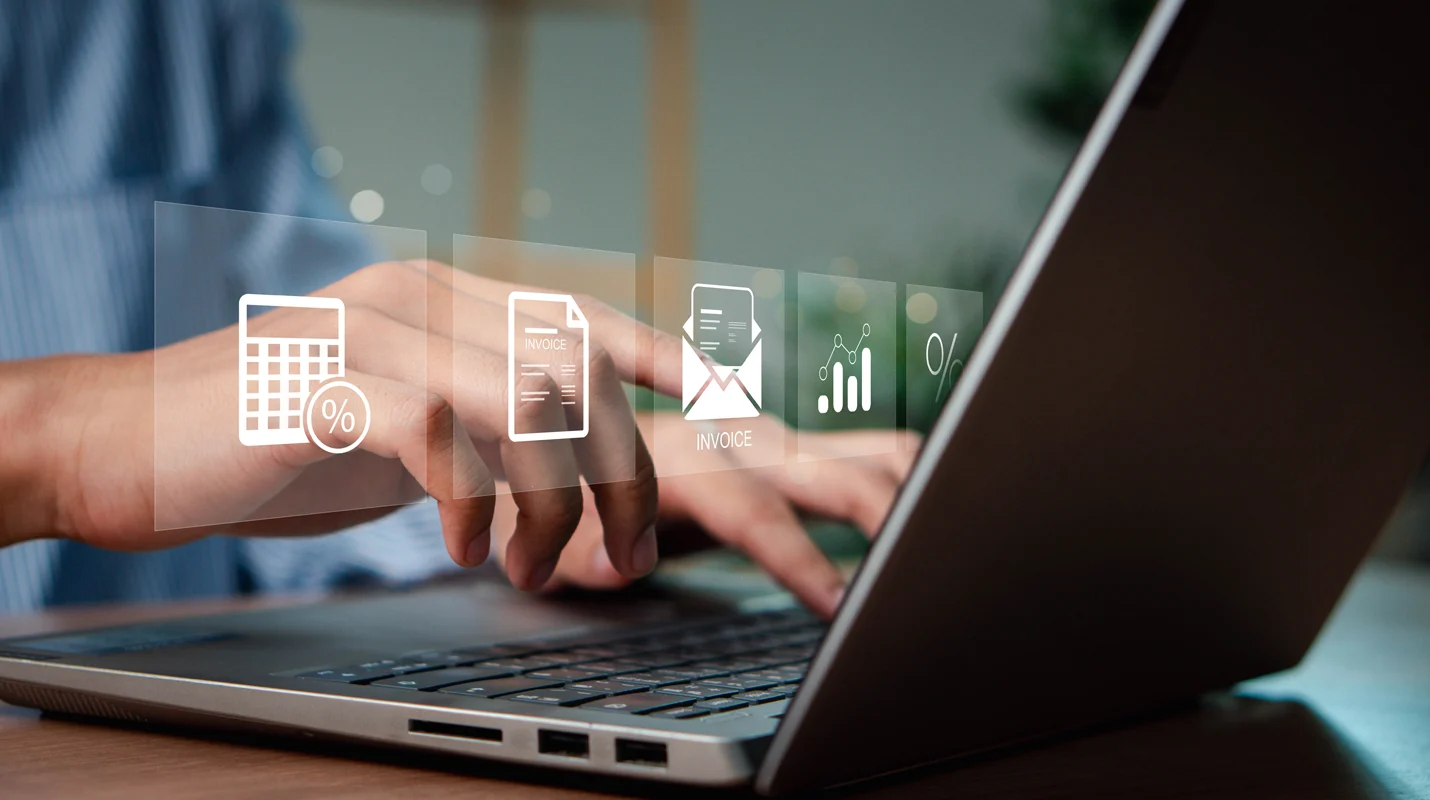The Crucial Role of Mediation in SAP BRIM for Accurate Billing Data
Billing systems have evolved significantly as businesses move from conventional, one-time payment models to more flexible and data-driven approaches. Traditional billing relies on fixed pricing structures and periodic invoicing, whereas SAP Billing and Revenue Innovation Management (BRIM) introduces a dynamic, high-volume, and automated billing framework designed for subscription-based and usage-driven models.
Introduction to SAP BRIM
SAP Billing and Revenue Innovation Management (BRIM) offers advanced mediation capabilities that enhance billing processes, particularly for high-volume and complex billing scenarios, compared to traditional billing systems.
What is Traditional Billing?
The traditional billing system, a time-honored method that frequently depends on manual procedures, is the cornerstone of business. Under this technique, invoices are created by hand and sent out, typically as printed documents. Despite technological developments, small firms and simpler corporations continue to employ traditional billing systems.
Difference Between Traditional Billing and SAP BRIM
|
Aspect |
Traditional Billing | SAP BRIM |
| Billing Model | Fixed, one-time payments | Subscription-based, usage-based, and hybrid models |
| Flexibility | Limited customization | Highly configurable for complex pricing structures |
| Data Processing | Manual or batch processing | Real-time data mediation and automation |
| Scalability | Suitable for low-volume transactions | Designed for high-volume transactions |
| Revenue Management | Basic invoicing and payment tracking | Advanced revenue recognition and financial integration |
| Customer Experience | Standardized billing cycles |
Personalized billing and dynamic pricing options |
Key Capabilities of SAP BRIM:
- Flexible Subscription Management – Supports tiered, usage-based, and dynamic pricing models.
- Real-Time Billing and Charging – Enables instant transaction processing and automated billing.
- Revenue Recognition and Compliance – Ensures adherence to accounting standards and regulatory requirements.
- Multi-Sided Revenue Models – Facilitates revenue sharing across multiple stakeholders.
- Integration with SAP Ecosystem – Seamlessly connects with SAP S/4HANA and other financial management tools.
- Customer-Centric Billing – Offers personalized billing, bundling, and subscription options.
- Data Mediation and Enrichment – Captures and processes high-volume usage data for accurate billing.
- Automated Receivables and Payment Processing – Streamlines financial transactions and partner settlements.
Key Capabilities of Traditional Billing:
- Fixed Pricing Models – Supports one-time payments and standard billing cycles.
- Manual or Batch Processing – Transactions are processed periodically rather than in real time.
- Basic Invoicing and Payment Tracking – Generates invoices and tracks payments without advanced automation.
- Limited Customization – Offers predefined billing structures with minimal flexibility.
- Standard Revenue Recognition – Follows conventional accounting practices for revenue tracking.
- Minimal Integration – Works with basic financial systems but lacks seamless connectivity with advanced platforms.
- Customer Account Management – Maintains records of transactions and balances without dynamic personalization.
Where Mediation Fits in SAP BRIM
- Data Collection & Normalization – Gathers raw usage data from multiple sources and converts it into a standardized format.
- Error Detection & Filtering – Identifies duplicate or erroneous data to ensure billing accuracy.
- Data Enrichment – Enhances raw data by adding relevant details before forwarding it to downstream systems.
- Integration with Billing & Charging – Works seamlessly with SAP Convergent Charging and SAP Convergent Invoicing to process transactions.
- Revenue Optimization – Helps businesses minimize revenue loss by ensuring precise data processing.
Why it Matters in SAP BRIM
- Data Accuracy & Integrity – Mediation collects, normalizes, and validates raw usage data, preventing billing errors.
- High-Volume Transaction Handling – Businesses dealing with massive data streams (e.g., telecom, utilities) rely on mediation to process transactions efficiently.
- Seamless Integration – Works with SAP Convergent Charging and SAP Convergent Invoicing to ensure smooth billing workflows.
- Revenue Optimization – Reduces revenue leakage by filtering out duplicate or erroneous data before it reaches billing systems.
- Real-Time Processing – Enables businesses to handle dynamic pricing models and subscription-based services with precision.
Mediation plays a pivotal role in ensuring that businesses can scale their billing operations while maintaining accuracy and compliance.
Conclusion
Mediation is a cornerstone of SAP BRIM’s ability to handle complex, high-volume billing processes with precision. It ensures that raw usage data is accurately collected, transformed, and validated before reaching charging and invoicing systems. This functionality helps businesses reduce revenue leakage, maintain compliance, and optimize their billing workflows.
Need expert guidance on implementing SAP BRIM Mediation? Reach out to us at info@mobolutions.com to get started with tailored solutions and expert support.





